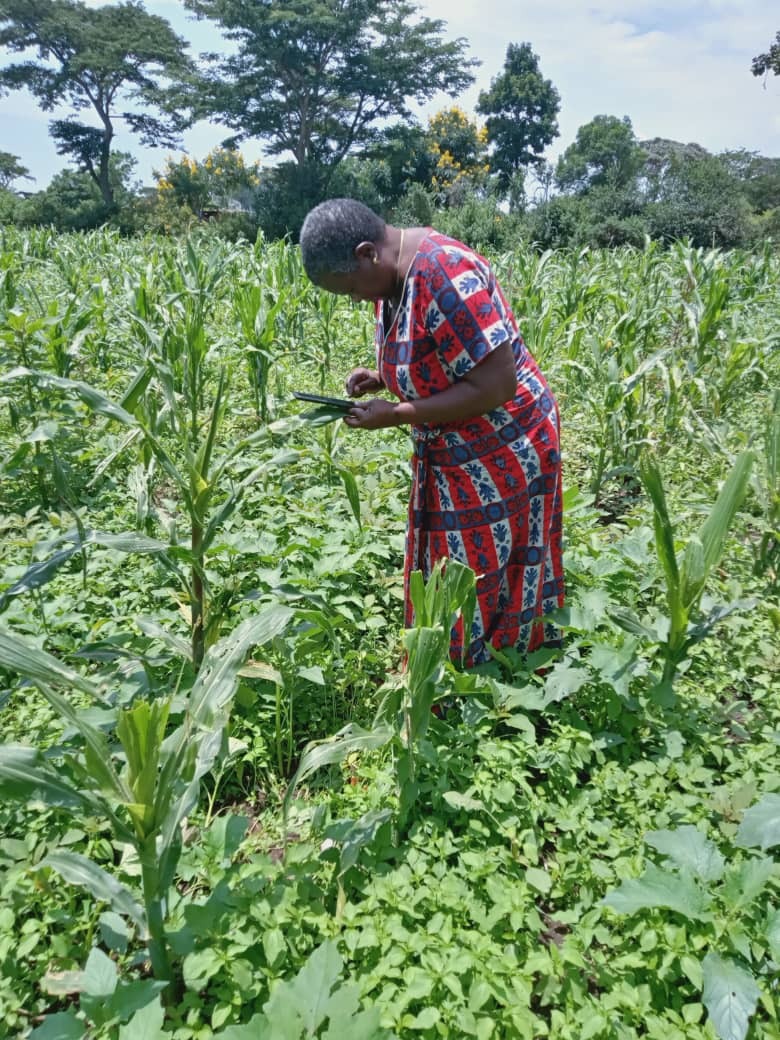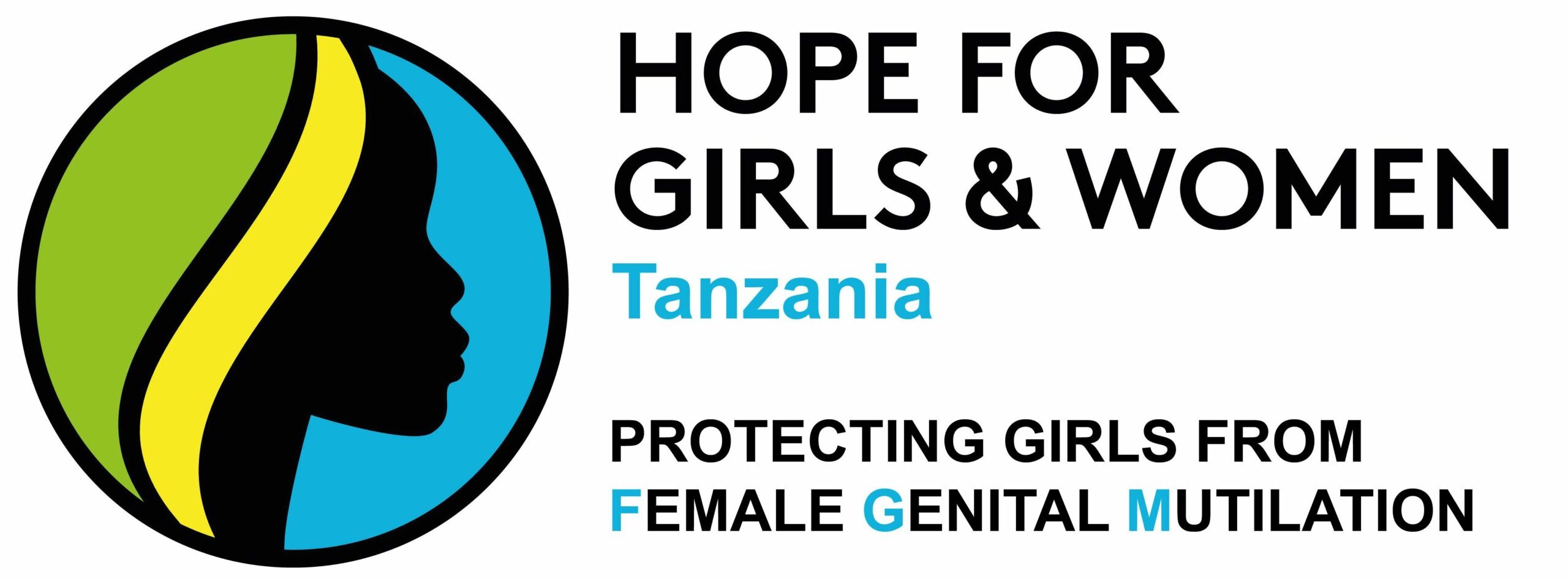Agriculture is the backbone of the rural economy in Tanzania and the families of girls at risk of Female Genital Mutilation (FGM) and Gender-Based Violence (GBV) are often farmers. By identifying ways to overcome the challenges these farmers face day-to-day, we can also forge bonds that help us to educate on gender equality.
Although in theory there are networks of agriculture extension officers to help them, often in practice they are too far away to be of any use. Therefore, we were very pleased to learn of the PlantVillage Nuru app which seeks to help farmers improve their practice. In February 2021 TDT had an online training session for people interested in how to use this free app to detect Fall Army Worm (a pest for maize) and Cassava diseases which was attended by our volunteer and GIS specialist Herry Kasunga.
Since then he has been out training our Digital Champions to use the app. As maize and cassava are the main staple crops grown in their areas this is particularly important.

Here you can see the Digital Champion for Burunga village, Agness Marinya checking her crops with the app. She says, “It is an easy way to monitor crops and give you feedback on how crops grow, and I will provide training to other farmers in my village.
“With better agriculture, people are less likely to need to cut their daughters and sell them for cows. I have 3 children all girls. I am so proud of my work as a Digital Champion in Burunga, because there have been so much changes in my village.
“Now the number of girls who are cut is reduced. We all need to raise our voices to say no so our children can live free from FGM.”
The slides from our training session are here, and the recording here. You can also view and download the slides Herry used for training the digital champions below.
Please watch this space for further updates on how this helpful app is being used in Tanzania.
To find out more about Hope for Girls and Women’s work to improve gender equality and end FGM in Tanzania here.















